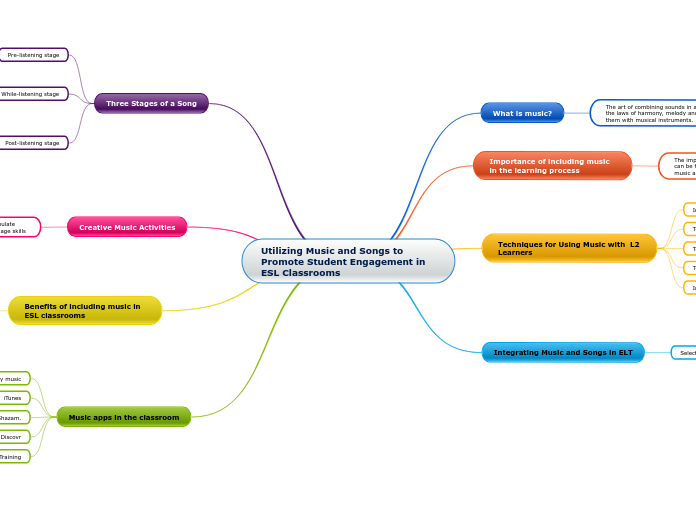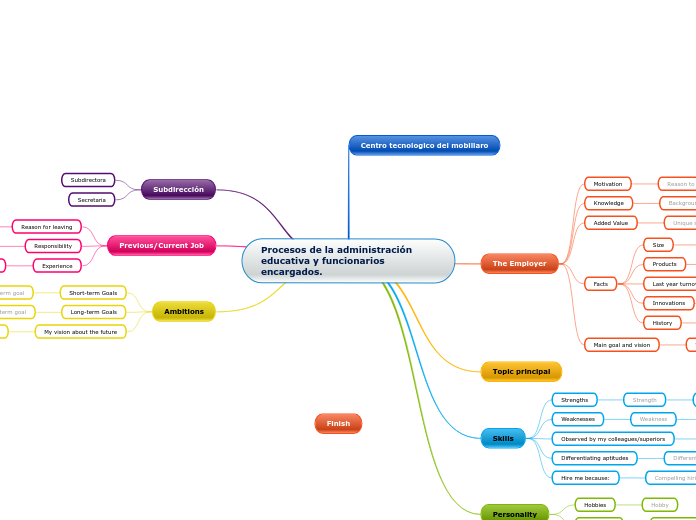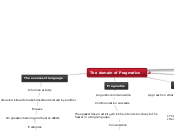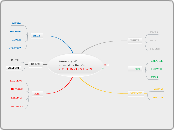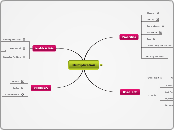によって Tatiana Ichina 4年前.
364
Utilizing Music and Songs to Promote Student Engagement in ESL Classrooms
Incorporating music and songs into ESL classrooms can significantly boost student engagement and language development. Educators can employ various strategies across three stages of a song—
